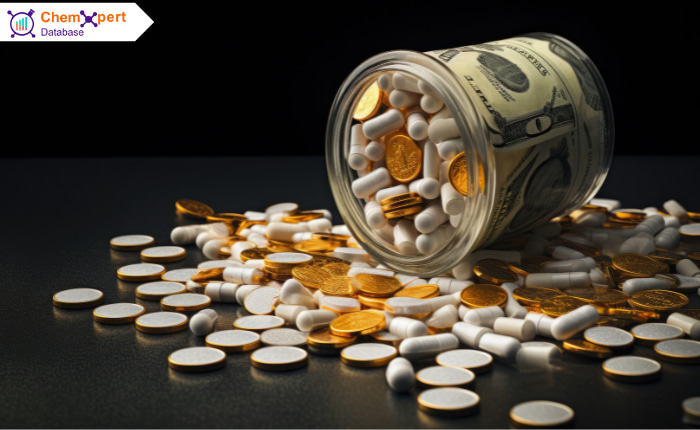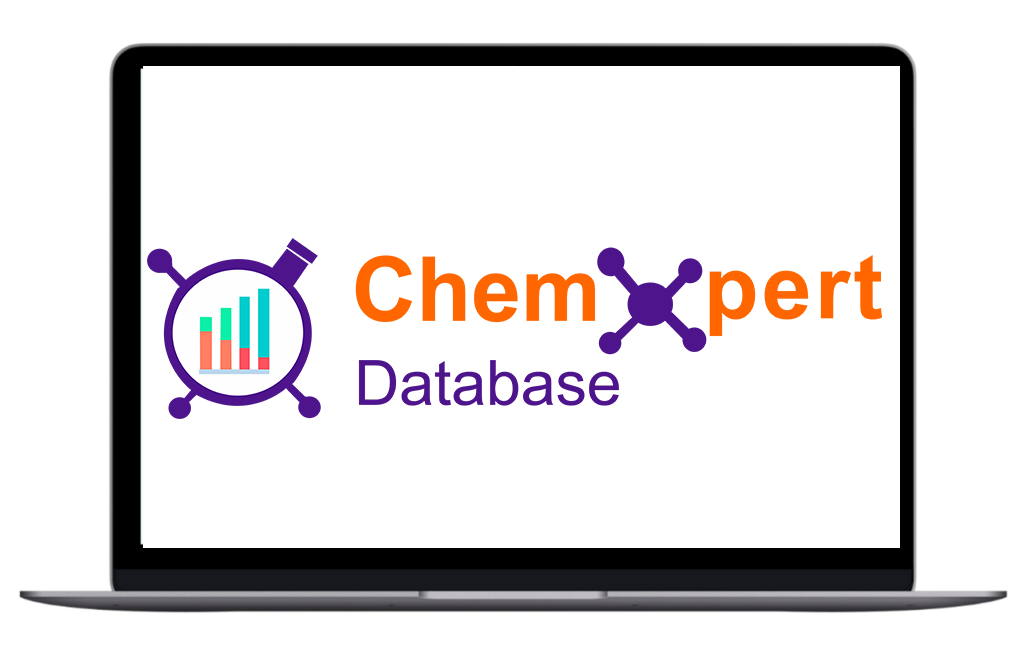Global drug pricing isn’t just a policy issue—it’s a business-critical variable that affects every player in the pharmaceutical value chain. From manufacturers to regulators, pricing impacts access, profitability, and innovation.
In 2023, global pharmaceutical spending surpassed $1.5 trillion, with pricing variations of up to 600% between high-income and low-income countries for the same essential drugs. This disparity stems from a complex mix of regulatory frameworks, economic factors, and healthcare system structures.
For pharmaceutical professionals, understanding these regional price differences is no longer optional—it’s essential. It shapes everything from R&D investments and market entry strategy to procurement and reimbursement planning.
In this blog, we’ll break down the key factors influencing drug pricing globally, compare regional pricing models, and explore strategies for staying competitive in a price-sensitive, highly regulated world.
Key Factors Influencing Drug Prices Across Regions
Drug prices vary widely across regions due to a mix of regulatory, economic, and market forces. Let’s unpack the key factors shaping these differences:
Regulatory Frameworks & Pricing Controls
Government agencies and regulations play a major role in controlling drug prices. Here’s how:
- Regulatory bodies: NPPA (India), FDA (US), EMA (EU) set rules that impact pricing and market access.
- External Reference Pricing (ERP): Countries often benchmark prices against others to set limits, controlling costs but sometimes delaying market entry in lower-priced regions.
- Price Caps and Health Technology Assessments (HTA): HTAs evaluate a drug’s value and cost-effectiveness to guide reimbursement and pricing decisions, especially common in Europe.
- Tiered Pricing for LMICs: Pharma companies often offer lower prices to low- and middle-income countries to improve affordability while balancing global pricing integrity.
These mechanisms aim to strike a balance between patient access, cost control, and innovation incentives.
Patent Protection & Market Exclusivity
Patents give companies exclusive rights to sell a drug, affecting price dynamics:
- Market exclusivity: Patents protect new drugs from competition, enabling premium pricing to recoup R&D costs.
- Patent cliffs: When patents expire, generic drugs enter, often causing prices to plummet by 70–80% or more.
- Biosimilars: These lower-cost alternatives to biologics introduce competition, helping reduce prices, especially in mature markets like the US and EU.
- Regulatory challenges: Approval processes for biosimilars vary by region, influencing how quickly they affect pricing.
Patents and exclusivity shape how long companies can maintain high prices before competition drives them down.
Economic Factors and Market Demand
Economic realities influence pricing at multiple levels:
- High R&D costs: Developing a new drug can exceed $2.6 billion and take over 10 years, driving the need for premium pricing.
- Manufacturing and distribution: Complex supply chains and marketing expenses add to the final cost.
- API sourcing: Reliance on limited suppliers for active pharmaceutical ingredients (APIs) can cause regional price fluctuations due to raw material costs or geopolitical issues.
- Healthcare infrastructure and affordability: Pricing strategies reflect local wealth and healthcare system capacity — wealthier countries tolerate higher prices; emerging markets require affordable pricing for access.
Understanding these economic drivers helps explain why prices vary so much from country to country.

Healthcare System & Insurance Coverage
How drugs are paid for impacts pricing and patient costs:
- Public vs. private systems: Public healthcare systems (e.g., UK NHS) negotiate prices centrally, often securing lower costs through volume purchasing. Private insurance systems (e.g., US) involve complex negotiations and co-pay structures.
- Reimbursement policies: These determine how much insurers or governments pay and how much patients owe, varying widely by country.
- Pharmacy Benefit Managers (PBMs): In the US, PBMs act as intermediaries, negotiating rebates and discounts but sometimes adding complexity and opacity to drug pricing.
These factors influence not only drug prices but also patient access and affordability.
Regional Pricing Approaches and Comparison
Drug pricing strategies differ significantly across regions, shaped by local regulations, economic conditions, and healthcare systems. Understanding these differences is key for pharma professionals navigating global markets.
Drug Pricing in the US vs Europe
- Market-driven vs regulated pricing:
The US follows a largely market-driven pricing model, allowing manufacturers to set prices with limited direct government controls. This often leads to higher drug prices compared to Europe. In contrast, the European Union employs regulated pricing systems where governments negotiate prices, impose caps, and use Health Technology Assessments (HTAs) to evaluate cost-effectiveness before approval.
- Role of insurance and PBMs in the US:
US drug prices are heavily influenced by private insurers and Pharmacy Benefit Managers (PBMs). PBMs negotiate rebates and discounts but add complexity and opacity, impacting the final cost to patients and payers.
- EU pricing negotiations and transparency:
European countries pursue centralized negotiations and greater price transparency. Programs such as external reference pricing and value-based pricing help balance innovation incentives with public affordability.
These differing approaches highlight the complexity pharma companies face when setting prices and planning market entry strategies.
Pricing in Low- and Middle-Income Countries (LMICs)
- Affordability and infrastructure challenges:
LMICs often struggle with limited healthcare budgets, poor infrastructure, and low patient purchasing power. This creates barriers to accessing high-cost drugs.
- Tiered pricing and donor programs:
To improve access, pharma companies implement tiered pricing—offering lower prices in LMICs compared to high-income countries. Additionally, donor and subsidy programs help subsidize critical medicines, especially for diseases like cancer and diabetes.
- Case studies:
Insulin pricing in LMICs often reflects tiered pricing models, making this life-saving drug more affordable. Similarly, cancer drugs see varied pricing based on regional ability to pay and donor support.
These strategies aim to balance access with sustainable market presence.
Emerging Markets and Future Trends
- Increasing biosimilar adoption:
Emerging markets are rapidly adopting biosimilars to reduce costs and increase access. This shift is expected to drive competition and lower prices over time.
- Digital tools and data-driven pricing strategies:
The growing complexity of global drug pricing demands sophisticated tools. Platforms like Chemxpert enable access to real-time pricing data, regulatory insights, and supply chain analytics across 200+ countries. This empowers pharma professionals to make informed pricing and sourcing decisions.
- Impact of global economic shifts and inflation:
Recent economic challenges, including inflation and supply chain disruptions, have added pressure on drug pricing worldwide. Companies must continuously adapt strategies to maintain affordability without compromising innovation.
Challenges in Global Drug Pricing
- Lack of Transparency and Inconsistent Data: Good pricing decisions start with good data. But in pharma, most data is siloed, outdated, or missing altogether.
- Balancing Innovation and Affordability: R&D isn’t cheap. But neither is patient access. Countries wrestle with rewarding innovation while keeping drugs within reach.
- Cross-Border Pricing Arbitrage: One drug. Two countries. Two prices. Parallel trade and price arbitrage make global pricing models a regulatory minefield.
- Regulatory Hurdles and Delays: Every market speaks a different regulatory language. And every delay in approval is a delay in revenue—and access.
Bridging the Gap with Data-Driven Intelligence
These aren’t minor hiccups. They’re billion-dollar problems—blocking access, slowing launches, and skewing pricing strategies.
Solving them? It takes more than spreadsheets and guesswork.
Pharma teams need one thing: clarity.
- Clarity on pricing benchmarks across 200+ countries.
- Clarity on who’s making what, where, and under which license.
- Clarity on regulatory timelines, cost patterns, and supplier reliability.
This is where Chemxpert Database enters the equation.
- It’s not just a database—it’s a decision engine.
- Real-time drug pricing from global markets
- 80K+ manufacturers and 50K+ APIs mapped
- Regulatory flags from the FDA, EMA, NPPA, CDSCO, and more
- Tools like ChemProtel and ChemScape to track suppliers, pricing trends, and compliance data
In a world where every pricing error costs millions, Chemxpert Database helps you price smarter, move faster, and stay compliant.
Conclusion
Drug pricing isn’t guesswork—it’s a complex equation shaped by regulation, economics, patents, insurance, and market demand.
We’ve seen how:
- Government policies and HTA assessments push prices up or down
- Patent cliffs and biosimilars change competitive dynamics overnight
- Infrastructure, affordability, and PBMs reshape access across geographies
- Regulatory inconsistencies delay market entry and blur transparency
What works in one region may fail in another. And without real-time data and regulatory clarity, you're operating with limited visibility.
The future of pricing strategy is data-driven, transparent, and globally informed.
That’s where Chemxpert Database makes a difference. Whether you're tracking price shifts post-patent expiry, benchmarking API costs, or validating suppliers, Chemxpert provides a clear, comprehensive view of the market.
Smarter pricing begins with better data.
Explore Chemxpert Database to make confident, compliant, and competitive pricing decisions across regions.
FAQs
1. Why do drug prices vary so much across countries?
Drug prices differ due to regulatory controls, local manufacturing costs, insurance models, market demand, and income levels. Currency fluctuations and patent laws also play a role.
2. What is external reference pricing?
External reference pricing (ERP) is a strategy where countries benchmark drug prices against other nations to control costs and prevent overpricing.
3. How do biosimilars impact drug costs?
Biosimilars introduce market competition after biologic patents expire. This typically reduces prices by 15–30%, depending on regulatory support and adoption rates.
4. How can pharma companies manage pricing risks globally?
By leveraging pricing databases, monitoring regulatory changes, and using tools like Chemxpert Database to compare real-time prices and compliance data across global markets .
Let’s apply Data-Driven Pricing to Your APIs
Sick and tired of always wondering if you are being asked to pay the right price for your APIs? This empowers you with the answers you need to make the right decisions in the Global API market.
Chemxpert Database is one of the biggest and most comprehensive directories of pharma and chemicals, manufacturers, suppliers and information. Provided with current information on prices, demand and transactions, it gives you instant feedback on whether you are buying what is right and at the right time.
Start using market intelligence today and allow yourself to be in control in the API market.
Check it out today and make more informed sourcing decisions!
Learn More!


